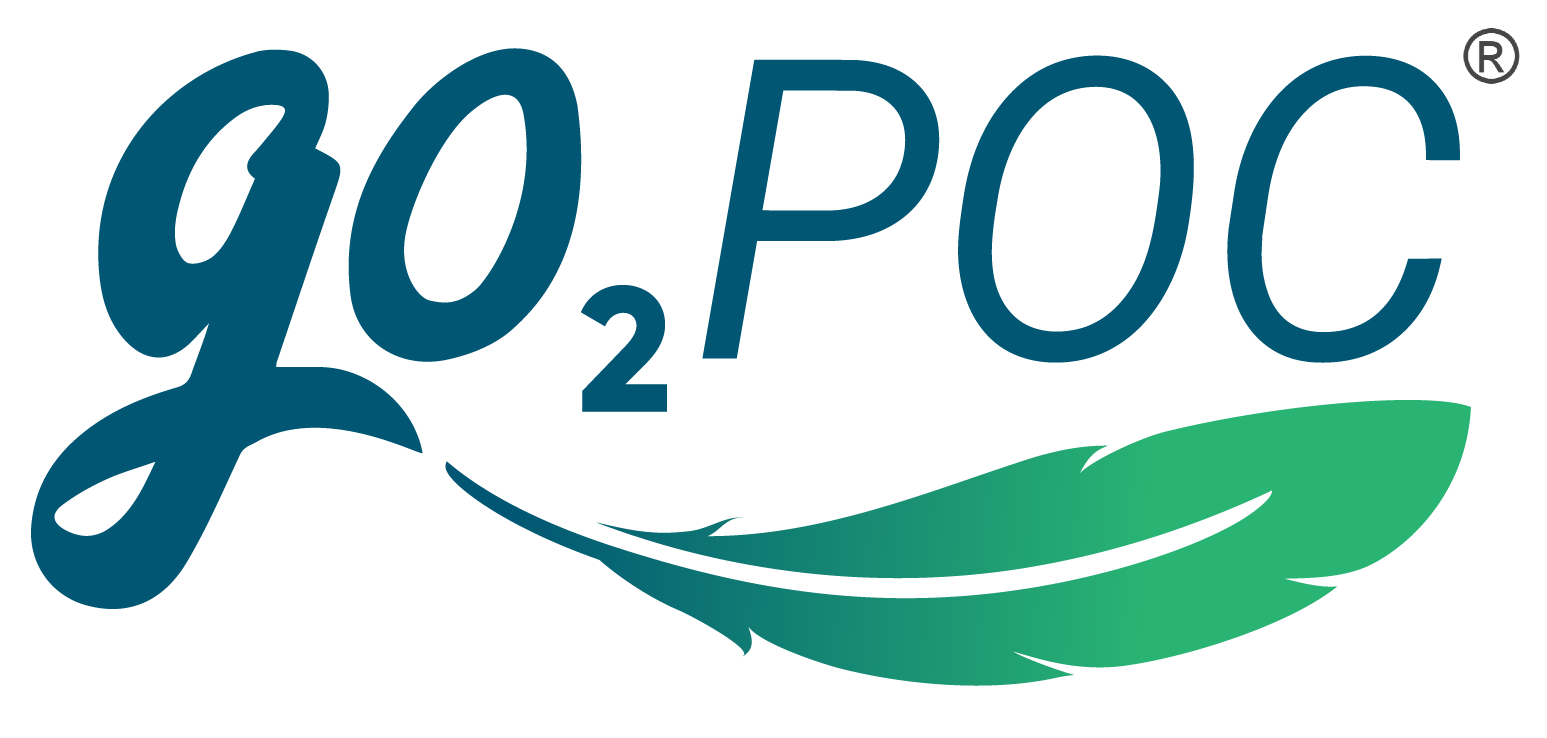Getting Exercise With COPD

Getting Exercise With COPD
When people are diagnosed with chronic obstructive pulmonary disease (COPD), they often feel they can’t exercise due to shortness of breath.
Men and women find it frustrating to cough or wheeze while playing with their grandchildren or taking a walk. Too often, people with COPD begin to cut out activities they enjoy because of the discomfort and symptoms of COPD.
This lack of activity weakens the body over time, making it harder and harder to participate in your daily life. As you become less active, your fitness level drops during a process known as progressive deconditioning.
The good news is: You can easily avoid or reverse deconditioning. By starting even a simple exercise routine, you’ll build up your pulmonary endurance, and soon you’ll be participating in more of the daily activities you love.
Here’s what you need to do to get exercise when you have COPD
Check with your doctor before exercising

Before starting a new exercise routine, always consult your doctor. When you’re using supplemental oxygen, you doctor will have prescribed an oxygen “flow rate.” However, you may need a higher flow rate for times when you’re more active.
Ask your doctor what types of exercises he or she recommends, based on your level of ability, and be sure to get a prescribed flow rate for exercising. Do not try to adjust your flow rate without consulting your doctor!
When you first start exercising, it’s important not to overdo it. Your healthcare provider will be able to suggest exercises that can improve your endurance while still keeping you safe.
Make an exercise plan
 Work with your doctor to pick COPD exercises that are a good fit for your level of ability. Then, write out a plan for your weekly exercises. It’s recommended that you exercise three or four times a week, but when you first start out, the intervals should be short.
Work with your doctor to pick COPD exercises that are a good fit for your level of ability. Then, write out a plan for your weekly exercises. It’s recommended that you exercise three or four times a week, but when you first start out, the intervals should be short.
Begin with 20-minute exercise sessions and start with gentle exercises. Your exercise program should be supervised, so ask a friend or family member to join you for your exercises.
At first, you may feel short of breath, as though you cannot get enough oxygen into your lungs. Rather than breathing faster, slow down: Breath out for longer periods of time to empty your lungs. Once you have fully exhaled, take your next deep breath.
When exercising, it’s helpful to pair your breathing with your movements. Use diaphragmatic breathing to take deep breaths from your diaphragm. Deeper breathing will deliver more oxygen to your muscles and help avoid the feeling of shortness of breath.
As you exercise more frequently, you’ll be able to extend the amount of time you exercise and incorporate more activities into your sessions.

When making an exercise plan, choose activities that you genuinely enjoy. These could include:
● Walking
● Biking
● Swimming
● Tai Chi
● Low-impact aerobics
You can even incorporate activities around the house, like gardening or cleaning. Just be sure to develop an exercise plan that includes the following attributes:
Stretching
Before your COPD exercises, make sure you budget time for stretching. Stretch the areas of your body you plan to exercise by breathing in, starting the stretching pose and then breathing out as you hold the stretch. Hold each position for ten to thirty seconds.
It’s a good idea to stretch every day, even if you don’t plan on exercising. Consistent stretching helps prevent muscle injury and improves flexibility.
Endurance
After stretching, do a b rief warm-up. Start with some easy exercises, such as walking or arm circles. Then, move gradually to increase the intensity of your exercises--but don’t push yourself further than your body can comfortably handle.
rief warm-up. Start with some easy exercises, such as walking or arm circles. Then, move gradually to increase the intensity of your exercises--but don’t push yourself further than your body can comfortably handle.
Exercise is important for building up your body’s endurance. Simple aerobic drills will increase the flow of oxygen to your muscles and organs. This increased blood circulation also helps to strengthen your heart and lungs. Remember to keep breathing deeply as you exercise!
After you finish exercising for the day, gradually reduce your intensity and finish with a three-to-five-minute cool down. Focus your cool down on the muscle groups you emphasized during your exercises.
Strengthening
When you have strong muscles, your body will be less easily fatigued and you’ll be able to be more active.
To strengthen your muscles, use free weights or resistance bands with exercises in sets of ten repetitions. Start with low weight or resistance and slowly build up your strength. If you feel that the set of ten soon becomes too easy, add another pound or two of weight or slightly more resistance.
Exercising and strengthening your upper body is beneficial for people with COPD because it also strengthens your respiratory muscles. Plus, your overall health improves with any exercises you do!
Track your progress
To stay motivated, many people find it helpful to track their progress when exercising.

Take note of where you started when you first began: How long were you walking? What weight could you lift? Each week, jot down any new accomplishments, such as trying a longer workout or a heavier weight. Keeping track of your workouts will help you celebrate your achievements. Remember, progress is incremental. You may not feel a big difference week-to-week, but when you look back at where you started, you may be amazed at the change!
It’s also fun to set personal goals for yourself. Make a plan to achieve a goal by a certain time, and then slowly work your way toward it. A good goal might be to walk a mile before your next family get together, so you have the endurance to take a walk with your children.
Having COPD doesn’t mean you can’t exercise
Consistent exercise is beneficial for your health, but also for your happiness and independence. Work with your doctor to build an exercise routine that can do with your POC, and then start taking steps toward greater respiratory strength.













